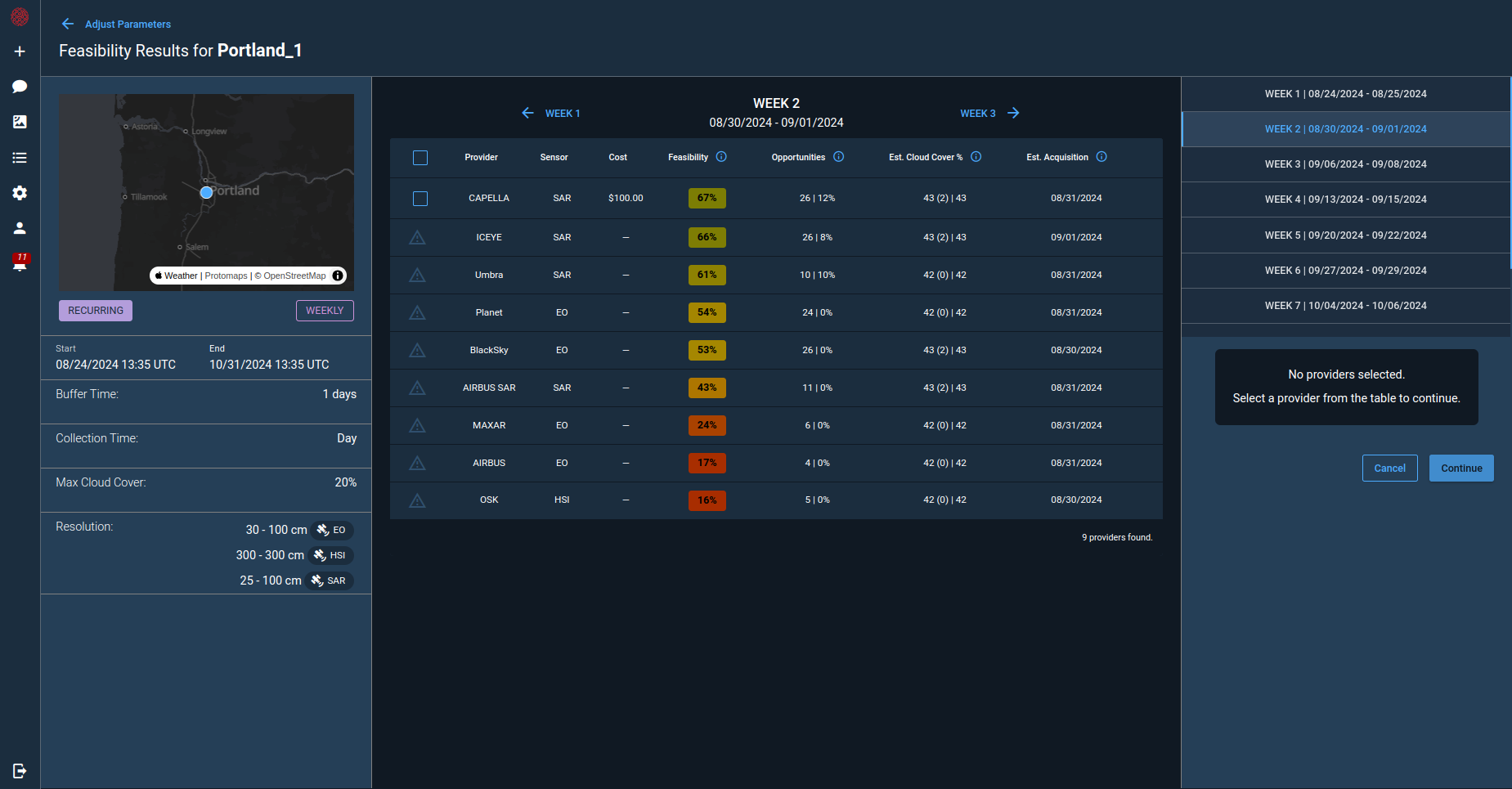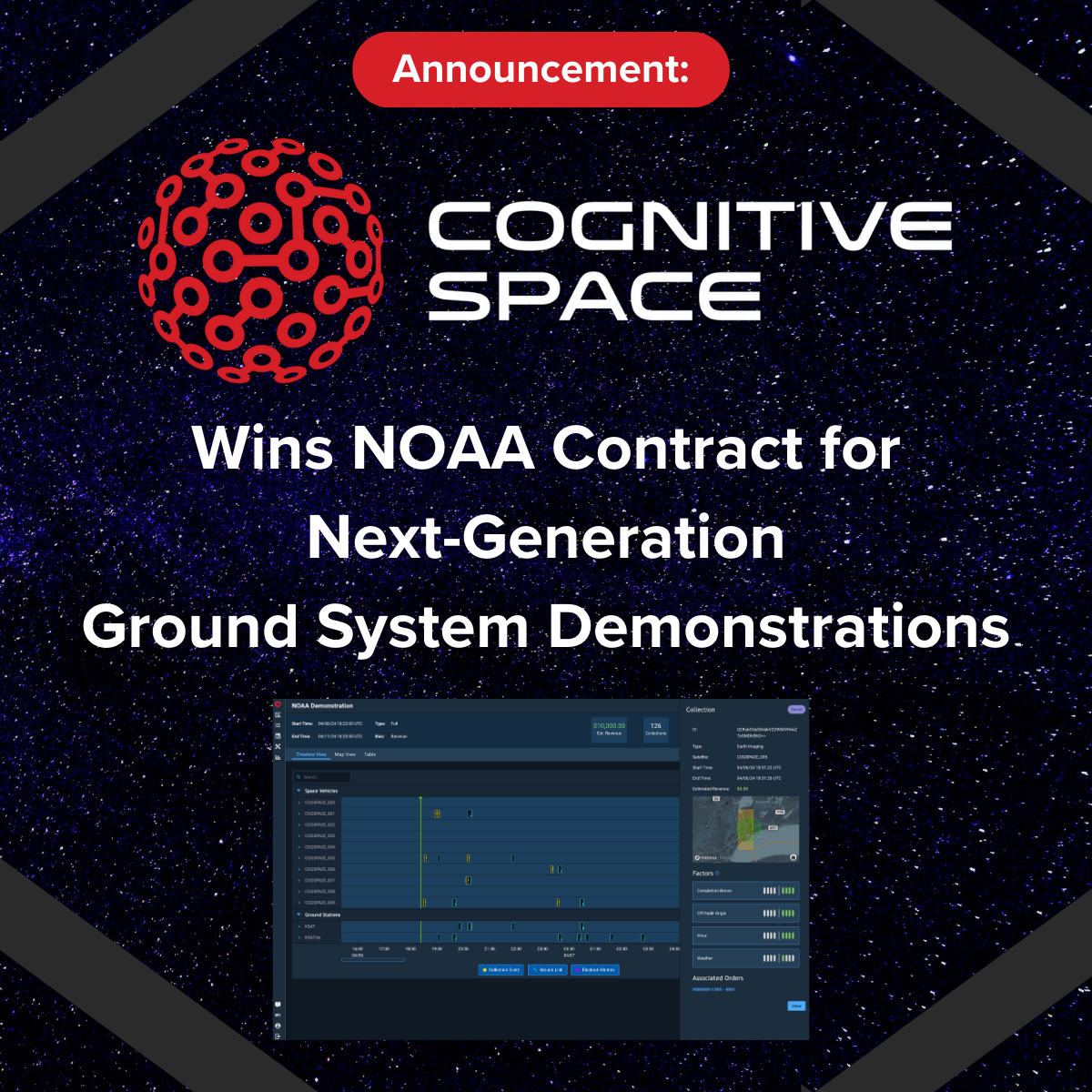Satellite Constellation Management: Challenges and Solutions
The Complex Balancing Act of Modern Constellation Management
Satellite constellations have revolutionized modern communication, navigation, weather forecasting, and scientific exploration. In recent years, the deployment of multi-spacecraft, constellations of varied communications payload, and sensor phenomenologies has gained significant momentum, enabling a new era of global connectivity and data collection.
But this technological advancement does not come without additionally complex operational requirements. As satellites continue to make a more interconnected world and society possible, the need for effective constellation management that ensures seamless operations and long-term sustainability has never been greater.
What Is a Satellite Constellation?
A satellite constellation is a group or network of satellites that work together as a system to provide services to Earth or in space. Most are deployed in Medium Earth orbit (MEO) or Low Earth orbit (LEO), offering worldwide or near-global coverage to ensure that their services are accessible to nearly all of Earth’s regions. Some are deployed to Geostationary Earth Orbit (GEO), although in much lower numbers.
Satellite constellations are strategically positioned to cover specific geographic or global coverage areas and serve various purposes, including:
| Communications: Satellite constellations are used for global telecommunications and internet services to provide continuous coverage, reduce latency, and increase capacity for data transmission. |
| Remote Sensing: Satellite constellations can be used for remote sensing applications, such as monitoring crop health, tracking deforestation, and assessing environmental changes. These satellites can provide regular and comprehensive monitoring of the Earth's surface. |
| Navigation and Positioning: The Global Positioning System (GPS) consists of a network of satellites that provide precise location and time information to users on the ground, enabling applications such as navigation, mapping, and geolocation services. |
| Space Science and Astronomy: Scientific satellite constellations are used for various purposes in space science, such as studying the Earth's magnetosphere, observing distant celestial objects, or conducting experiments in low Earth orbit. |
| National Security and Defense: Military and defense agencies deploy satellite constellations for surveillance, reconnaissance, and secure communication purposes. |
Satellite constellations and the services they provide have been seamlessly woven into the fabric of our interconnected world, aiding critical functions like global communication, scientific exploration, secure surveillance, Earth and space observation, precise weather forecasting, and even the reliable navigation systems that guide us from point A to point B.
Our reliance on satellite-based services is increasing, and the efficient management of satellite constellations has become of paramount importance. Effective constellation management ensures that these complex networks of orbiting satellites continue to function flawlessly, providing seamless connectivity, data, and services. Yet, the task of managing satellite constellations is far from straightforward.
The challenges of modern constellation management are multifaceted, and increasing in complexity. This complexity is driven by constant evolution of business models, the need for lower latency in data transmission, constrained communication resources, and growing complexity of satellite constellations themselves. There is a pressing need to tackle these combined issues head-on. In the coming years, addressing these challenges will be critical not only for maintaining the reliability and efficacy of satellite constellations, but also for unlocking their full potential to drive innovation and shape the future of space technology.
Challenges Faced in Constellation Management
Modern constellation management is a highly complex balancing act, where speed, accuracy, and scalability must work in tandem to provide secure satellite services on Earth and in space. A wide range of challenges can disrupt constellation management, including pass scheduling bottlenecks, incapacitated satellites, high data demand hot spots, blackout regions, and orbital congestion, interference, and more.
Pass Scheduling Bottlenecks
Pass scheduling bottlenecks create issues for satellite constellation management, as this subverts the ability to create quick data downlink opportunities. The need to transmit data swiftly through multiple ground station networks while maintaining responsiveness may result in data backlog and, in extreme cases, data loss if the backlog exceeds the storage capacity.
Data Collection Gaps in Large Regions
There are regions where data collection becomes challenging due to the saturation of satellite resources in downlinking data. Satellite operators find themselves in a situation where they are so busy transmitting data that they lack the capacity to collect new imagery in specific areas.
High Data Demand Hot Spots
Acquiring imagery in high-demand areas can be a formidable task, especially if data users don’t have direct engagement with data suppliers or satellite operators. Additionally, dealing with preemptions for U government or defense intelligence purposes can add another layer of complexity. While data hot spot areas are critical to collect and capture data in, for a variety of industries and needs, procuring satellite images in these areas without a direct involvement with satellite companies can be near impossible.
Balancing High Crisis Requirements and Customer SLAs
Satellite operators also face the delicate task of balancing high-priority crisis requirements with Service Level Agreements (SLAs) and promises made to commercial customers. Juggling changing prioritization and spacecraft resource allocation needs also adds pressure on the ability to effectively manage satellite constellations, and can lead to challenges in accuracy, efficacy, and data storage.
Data Collection Challenges in Blackout Regions
Some parts of the world pose significant challenges in terms of data collection due to various factors such as distance from ground station downlink and adverse environmental conditions. These areas not only impact the accuracy of a satellite’s services, but can also hold consequences for the industries dependent on the information provided by the satellite constellation.
Orbital Congestion and Interference
With an increasing number of satellites in orbit, concerns related to orbital congestion and interference have risen. When communication breaks down, and coordination with other constellations fails, the ability of satellite constellations to effectively monitor, control, and supply operators with data also breaks down. Across industries, this spells bad news.
While the challenges of satellite constellation management today are varied, nuanced, and complex, there is a better, more effective route to take towards dealing with these obstacles.
Introducing CNTIENT.Optimize
Conventional constellation management operations are no longer viable: legacy management systems are too slow, too operator-focused, and are unable to scale with the needs of modern satellite constellations.
CNTIENT.Optimize is a single scalable system that optimizes and orchestrates satellite constellation operations, by allowing satellite operators to tailor remote sensing mission planning, scale without disruption, and automate payload scheduling, link management, business management, and prioritized tasking.
With CNTIENT.Optimize, downtime for satellite constellations is significantly reduced , increasing the yield from both spacecraft and overall system performance.
Operations become meticulously aligned with overarching business objectives. CNTIENT.Optimize allows for the most effective, streamlined satellite constellation management through maximized capacity, de-risking of technical challenges, acceleration of schedules, and improved asset integration, all enabling small constellations to gain a competitive advantage.
Contact us to automate your satellite operations.







